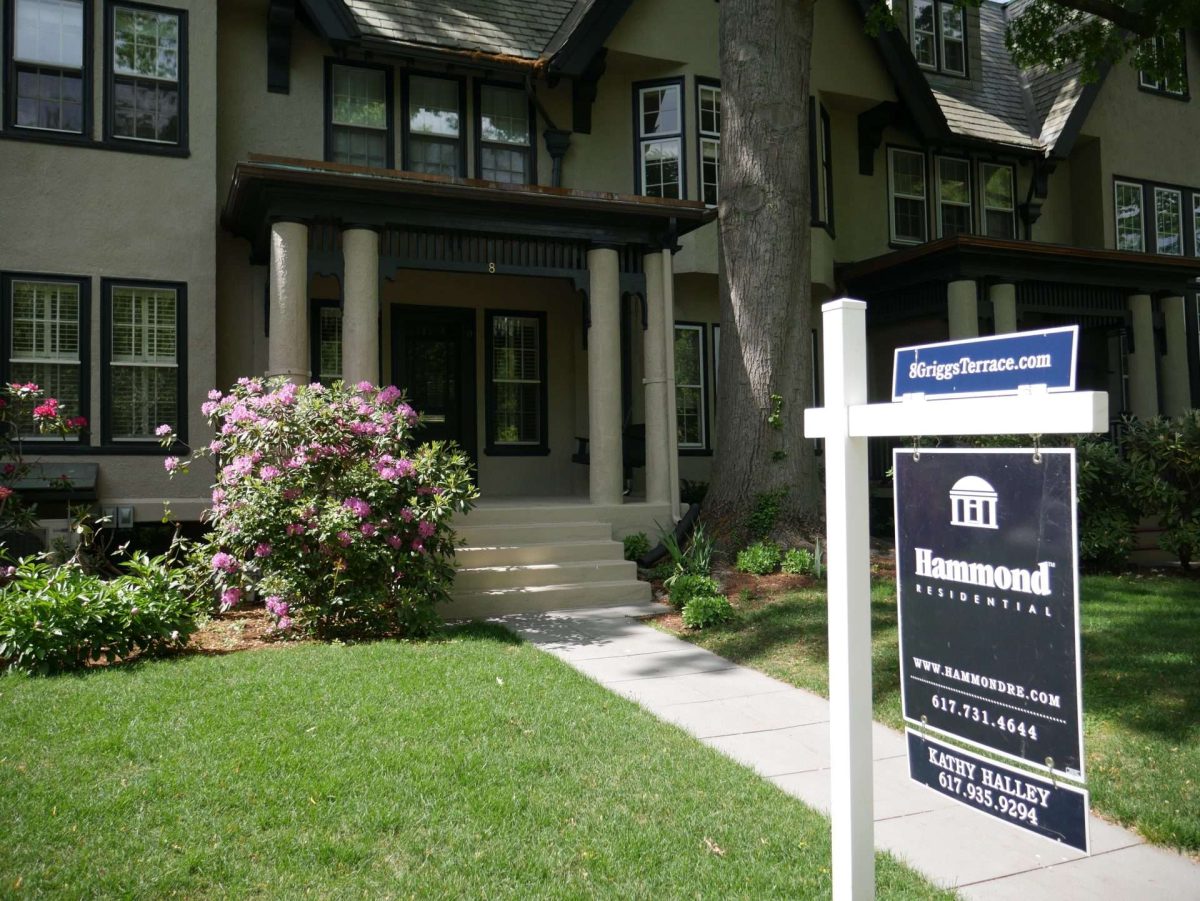T
he shift towards a buyer's market has created more room for negotiation, but investors remain cautious due to rising labor and insurance costs. According to a report by CJ Patrick Company and RCN Capital, real estate investor sentiment has rebounded after dipping to a two-year low in the first quarter of 2025.
Despite an uptick in confidence during the second quarter, many reasons exist for investors to be cautious. The majority of respondents are small-scale investors, with 71% owning five or fewer properties and 26% owning six to 10. However, more investor respondents held positive views of the market during the spring of 2025 than in recent quarters.
Market conditions have improved for nearly half (49%) of respondents compared to last year, while 25% said they had worsened. The report also found a significant increase in respondents who feel positive about the market's potential over the next six months, rising by 15 points to 49%.
The shift towards a buyer's market has provided investors with more leverage, particularly for flippers whose profit is often determined by what they originally paid for a project home. With a noticeable 30% improvement in inventory and a 53-day median time on market, buyers have more options now than they've had in years.
However, immigration and deportation policies are affecting businesses, with nearly 45% of respondents saying it's harder to find and keep skilled workers due to deportation efforts. Over 40% said this has led to an uptick in labor costs, while over 10% have slowed their investment activity as a result.
Rising insurance costs and complexity also play a significant role in investment decision-making, with 74% of respondents citing these factors as influencing their decisions during the second quarter. For 56% of respondents, insurance problems caused them to miss out on at least one deal.
Despite growing optimism about market conditions, a majority (57%) of investors believe the US is likely to enter a recession before the end of the year, while 30% disagree and 13% are uncertain.















